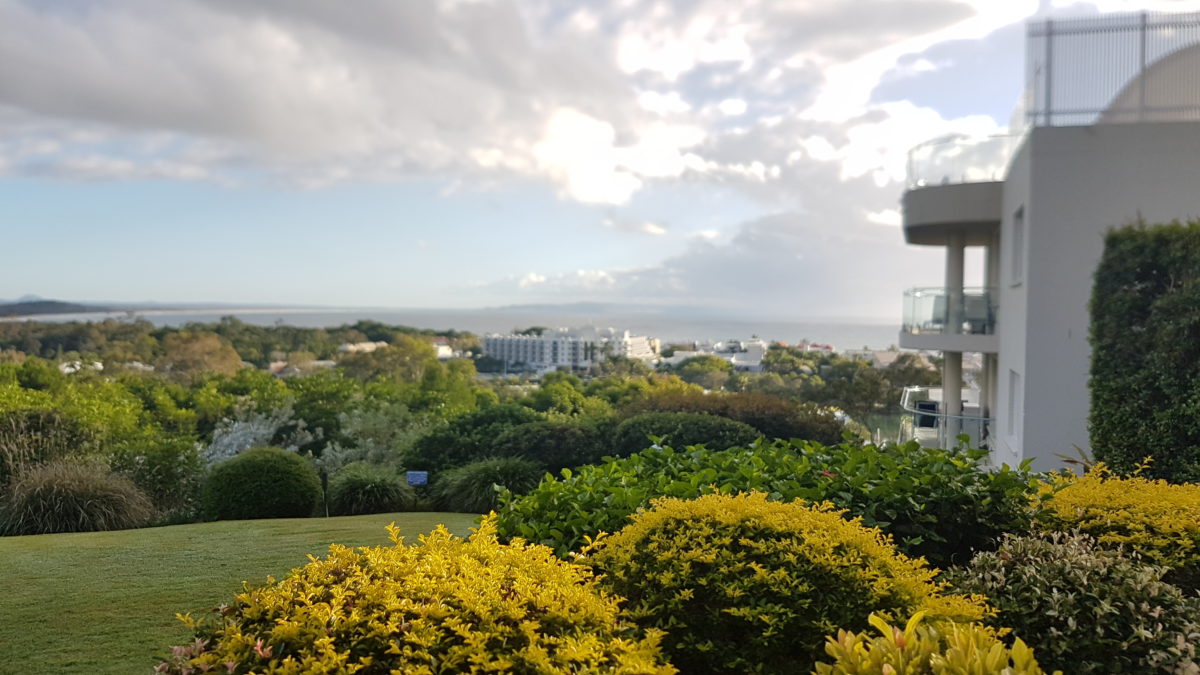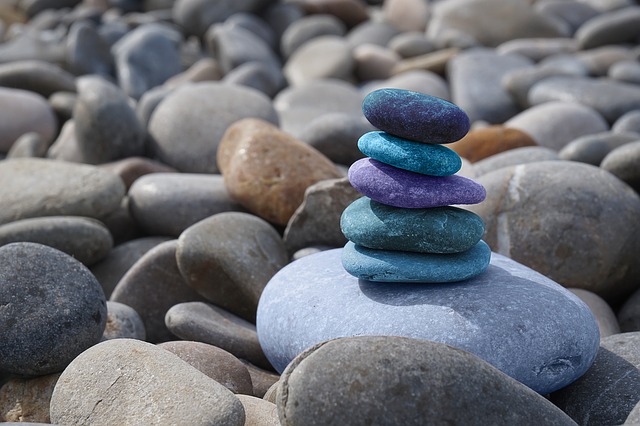Mitra Manesh,
meditation teacher and founder of the mindfulness app Innermap, offers a guided meditation titled Curiosity and Compassion
in the Family. The focus of this
meditation is as much about self-compassion as it is about compassion towards
family members. Like other guided
meditations offered through the Mindful
Awareness Research Center (MARC), Mitra’s meditation has a brief input but
the 30-minute meditation podcast is primarily a meditation practice. It progresses from a grounding exercise,
through to an input on the challenge presented by family members, followed by two
compassion exercises – one towards yourself, the other towards a family member.
Mitra defines mindfulness as “kind acceptance and awareness
of our present moment experience”.
Underlying this approach is compassion (self-compassion and compassion
towards others) and curiosity (the catalyst for awareness).
Becoming grounded – arriving at the meditation
Mitra encourages you to first find a position and posture
that is comfortable and that will enable you to become grounded. By bringing your attention to your intention
for the meditation, you can physically and mentally arrive at the meditation. You can start with some deep breaths
followed by resting in your breathing.
Mitra suggests that you then scan your body to locate points where you
experience comfort – allowing yourself to pay attention to the warmth, tingling
or other pleasant sensation. Invariably
your mind will notice points of pain or discomfort – again bring your attention
to each of these points and release the tension at that point, allowing
yourself a sense of ease and relaxation.
At this stage, focusing on an anchor
will help to maintain your groundedness as distracting thoughts will invariably
intrude into your process of releasing and relaxing – bringing new tensions
such as a sense of time urgency or the need to plan for tasks to be done. Mitra suggests that you tell yourself that
you don’t have to be anywhere else or to do anything else during the 30 minutes
of this guided meditation. The anchor
can be a sound – internal such as the air conditioning or external such as the
sound of birds. It can be your breathing
– returning to rest in the interval between your in-breath and your out-breath. Whatever you do, don’t beat up on yourself
for these distractions.
Family – a challenging environment
Mitra reminds us that meditation practice is designed to
assist us to lead our day-to-day lives mindfully. One of the most challenging arenas for
mindful practice is the family – individual family members can be particularly challenging
because of their personality, mental illness, life stresses or a multitude of
other factors. Even very experienced
meditators find some family members to be particularly challenging.
One of the problems is that family members become too
familiar – we have seen them often and we think we know them, understand them
and can predict their behaviour.
However, the presumption of knowledge can result in a lack of curiosity
and desire to understand – it can lead to hasty judgments
and a lack of compassion.
Curiosity, on the other hand, will lead us to understand the
nature of the mental illness suffered by a family member. We might presume we know about depression and
how it plays out in their lives and yet we can judge them as lazy when they
spend most of their day sleeping and continuously leave their room and
surrounds in an absolute mess. If we
explore the nature of their illness we might discover, for example, that they
are suffering from the complexity of schizoaffective
disorder which may involve the symptoms of schizophrenia along with manic
depression – a complex mix of disabling conditions that can lead to compulsive
shopping, impulsive action, constant depression and the inability to
communicate about their depression or hallucinatory episodes. So, not only are they disabled by depression,
but they are also incapacitated by the inability to seek social support. We might think we know and understand about
the mental illness of a family member but the complexity of the arena of mental
health would suggest that we have little insight. If you have never experienced the black dog of depression, you
are unlikely to have a real sense of the depth and breadth of its disabling
character.
Mitra encourages us to become “unfamiliar” with our family
members and to become instead curious about them – “but compassionately so”. This includes “showing them who you are” while
encouraging them to show themselves.
A self-compassion meditation
Mitra provides a self-compassion meditation (at the 11th
minute mark) following the discussion of the family as the “most charged” arena
of our lives. Accordingly, she suggests beginning
with a deep breath to release any tensions that may have accumulated during the
discussion of family challenges.
She asks you to consider how your posture and breathing
would be different if you were adopting a “compassionate curiosity” towards yourself.
This compassionate curiosity, a sense of wonder, can be extended to curiosity about
your bodily tensions and your feelings.
Are you feeling anxiety about a family member’s depression? Is your body
tense, or your mind agitated or are you carrying feelings of resentment
along with the bodily manifestations of this abiding anger?
What happens to your mind’s chatter and your body’s
sensations when you extend forgiveness and compassion towards yourself for your
self-absorption, hasty judgements, lack of understanding and self-satisfaction
with “knowing” the other person. Can you
let go of all your self-stories and beliefs that block this self-compassion? Compassionate curiosity enables you,
ultimately, to rest in self-acceptance.
You can ask yourself what you are needing and feeling at
this point in the meditation and ask for the fulfillment of your needs as you
touch your heart and feel the warmth therein. Mitra identifies some needs that
you may have, including the need to forgive yourself for all the mistakes that
you have made in your interactions with family members.
Compassion towards a family member
At the 28-minute mark of the guided meditation, Mitra
suggests you focus on a family member, following your self-compassion
meditation. You could bring your
attention to a family member with whom you have had a disturbing
interaction. Its important to bring that
chosen person fully into focus.
You can request that you change your relationship to them,
for, example, “May I be curious about you to understand you and to prevent
myself from forming hasty judgments about you?”; “May I be genuinely
compassionate towards you?”
Mitra suggests that you frame your request in terms of a
single word that you can revisit from time to time, e.g. “understanding”. The request could be framed as, “May I understand
you and you understand me”. Your compassionate
curiosity will enable you to show yourself and your genuineness.
As we grow in mindfulness, through self-compassion meditation and extending compassion towards a family member, we can develop our compassionate curiosity towards ourselves and them and deepen our understanding and acceptance of them and ourselves.
____________________________________________
Image by MorningbirdPhoto from Pixabay
By Ron Passfield – Copyright (Creative Commons license, Attribution–Non Commercial–No Derivatives)
Disclosure: If you purchase a product through this site, I may earn a commission which will help to pay for the site, the associated Meetup group and the resources to support the blog.









